Pierre Boulat
-
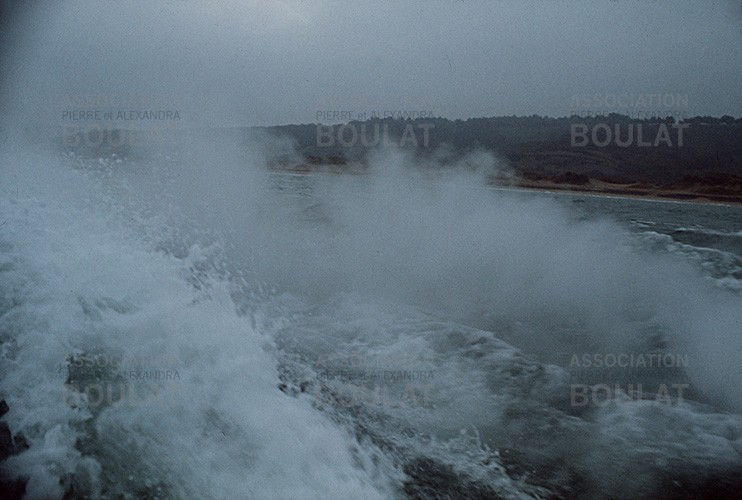
D-Day in Normandy
-
Omaha Beach At 6.30, on June 6 1944, the first landing boats arrived on the beach, 5 minutes late on the planning, a costal line about 7 kms long and fringed, at each end, by high cliffs dominated on the background by a sort of ramp covered with brushwoods.. Omaha landing was the most murderous of all, some of the unities having up to 70% loss. -
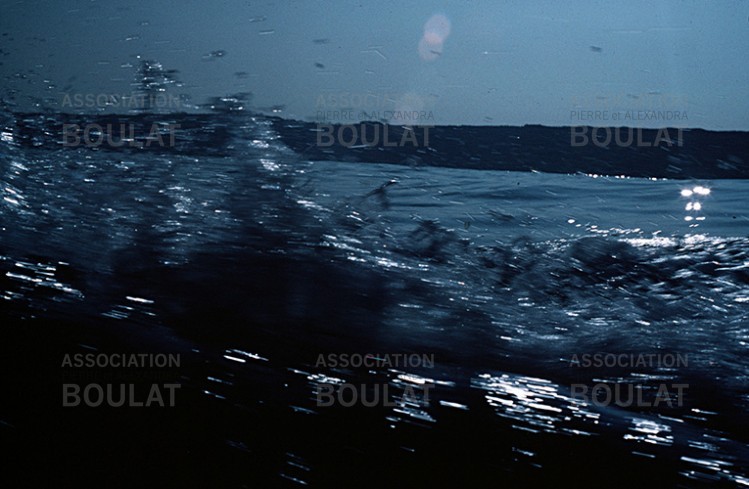
D-Day in Normandy
-
Utah Beach The sea was cold and greasy when the 7¡ US army corpse landed at Utah Beach, a long sand bank on the east cost of the Cotentin. Of all the assaults given that day, Utah was the easiest one. -
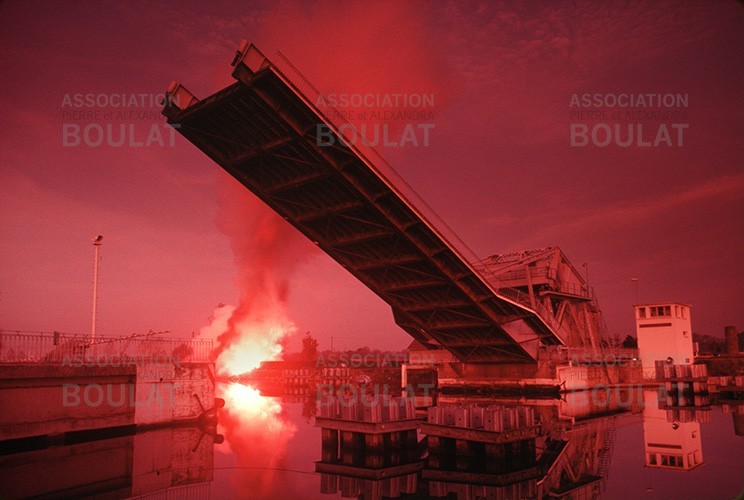
D-Day in Normandy
-
Pegasus Bridge A few minutes after 1.00 am on June 6, 1944, the first sail-plane, which was carrying the men of the 5th British paratroops brigade, landed on the belly with a big broken wood noise, next to the Pegasus Bridge. The men rushed out through the door and started to run. At the same time the trajectory of the creeping bullets stroke the night. The Pegasus bridge was taken in 10 minutes. -
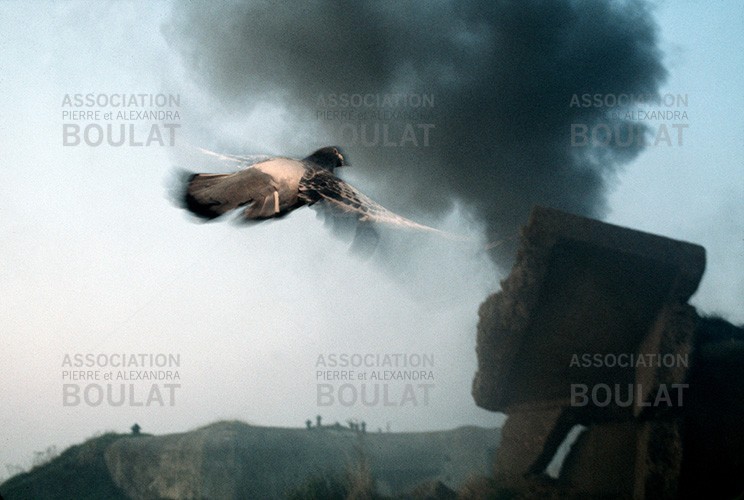
D-Day in Normandy
-
The battery of Merville Situated at less than one kilometer from the shore, its guns could enfilade the landing beaches.The attack coasted the British 5 officers and 65 sub-Officers. When the fighting stopped, the liaison officer opened his jacket and pulled out a pigeon with its wings quietly folded which was turning his little head around. He also had participated to the attack. Released, he rose up, with no hesitation, to advise the allied troops the battery had been taken. -

D-Day in Normandy
-
Sainte Mre lÕEglise The paratroop operation on the Cotentin, on the West Wing, had been considered much more dangerous that the East Wing. The soldiers of the 82¡ company had received the order to take the little town of Saint Mre LÕEglise. They touched the ground at 2.30 am, inside the determinate area. Few gun shots and isolated bursts had greeted them during their landing. Then it was all silent. When the real light appeared, they realized that Ste Mre LÕEglise had been abandoned. The morning twilight was succeeding to the moon. It is only few hours later that the enemy, awoke from its surprise, came back, and the final offensive ended after eager fights only the next day. -

D-Day in Normandy
-
Longues sur Mer " Sie Kommen ! " It is from the battery at Longues sur Mer that the well known phrase was shouted by a german soldier when he discovered on the skyline the long invading armada arriving on the sea. The battery which commanded the defense of Omaha and Gold beaches, remains as one of the most interesting remainnings of the german fortifications , few miles away from Arromanches, on the top of a bare plateau. -
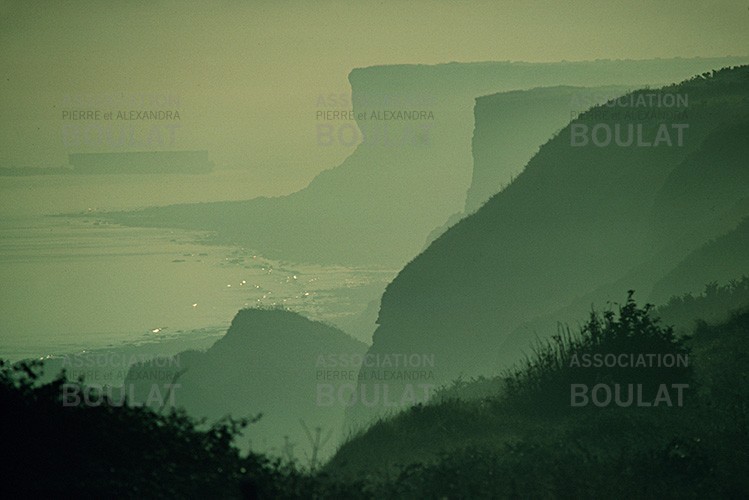
D-Day in Normandy
-
Gold Through underground passages one could have access to the beach directly from the battery. The heavy wings of bombers, flying at low altitude were stretching above Gold like a trembling ceiling. The cost seemed to disintegrate while the ships were executing their fire sprinkler. Soon they couldnÕt discern an outline anymore, only a dark line of smoke and dust. -
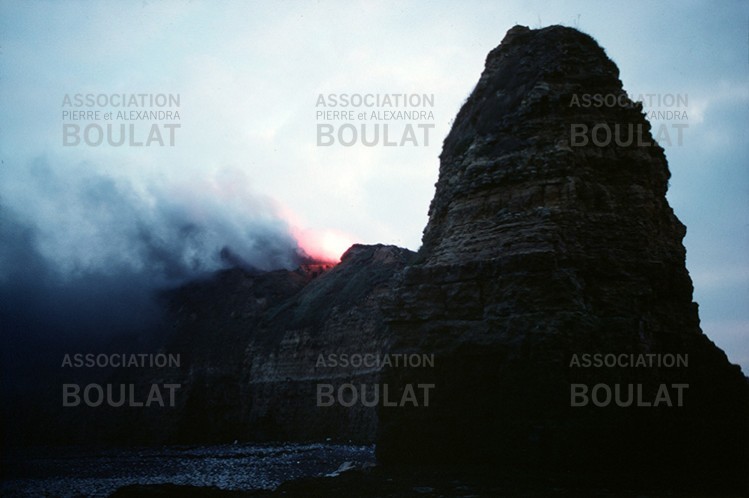
D-Day in Normandy
-
La Pointe du Hoc Heading towards the sea at about 7 kms from Vierville, the Pointe du Hoc is a protrusion of calcareous cliffs diving perpendicularly on the pebble strand. The US high Command had decided to shower this place with a flood of shells and bombs, then to have the position taken by the 2¡ battalion of rangers especially trained. At 7.25 am, the first group,using portable ladders, reached the top of the cliff. A sort of siege started which lasted until the end of the afternoon of next day, with the arriving of supplies coming from Omaha beach. -

D-Day in Normandy
-
The Mulberry of Arromanches The coast of Calvados, elected as head point for the beaches landing, offered no natural shelter. " If we want to land, we will have to bring our own harbors. " The setting up of pre-fab harbors had thus been decided. The setting up of the harbors started on June 8. The Mulberry of Arromanches requested the construction of 146 Phoenix lockers, of about 500 000 tons of concrete, 33 leading jetties and 16 kms of floating roads. It crossed the Chanel at the speed of 7 kms an hour and helped unloading up to 9 000 tons of supply everyday. What remains today testifies of the most extraordinary industrial and maritime performance of the war and its wrecks still tragically lay, visible at low water. The Mulberry A, in front of Saint Laurent du Mont, was completely destroyed by a strong tempest which rose on June 19 and lasted three days. -
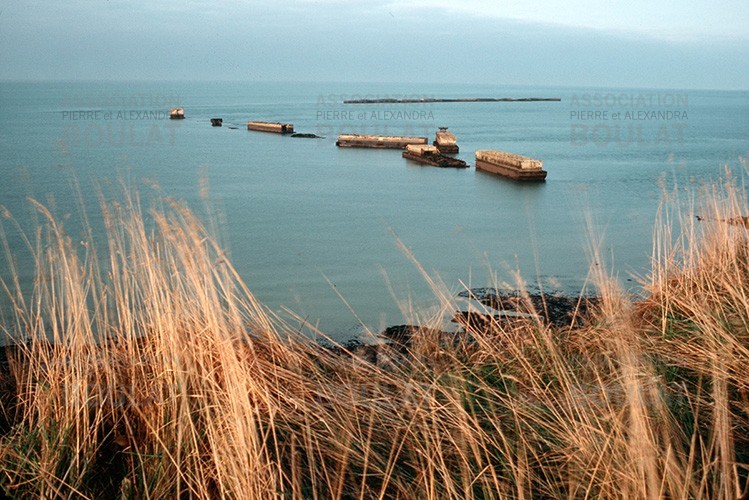
D-Day in Normandy
-
The Mulberry of Arromanches The coast of Calvados, elected as head point for the beaches landing, offered no natural shelter. " If we want to land, we will have to bring our own harbors. " The setting up of pre-fab harbors had thus been decided. The setting up of the harbors started on June 8. The Mulberry of Arromanches requested the construction of 146 Phoenix lockers, of about 500 000 tons of concrete, 33 leading jetties and 16 kms of floating roads. It crossed the Chanel at the speed of 7 kms an hour and helped unloading up to 9 000 tons of supply everyday. What remains today testifies of the most extraordinary industrial and maritime performance of the war and its wrecks still tragically lay, visible at low water. The Mulberry A, in front of Saint Laurent du Mont, was completely destroyed by a strong tempest which rose on June 19 and lasted three days. -

D-Day in Normandy
-
Sainte Marie du Mont Although submitteD to the murderous fire of the geRman coastal batteries, the troops of the 4¡ US division were able to touch quite easily the aerial 82¡ and 101¡ divisions aerial forces launched on the Cotentin. At the junction point, the first of the symbolic bounds, which mark out until Metz and Bastogne, the road followed by the US armies, rises now : it is the Bound " 0 " of the liberty road. -
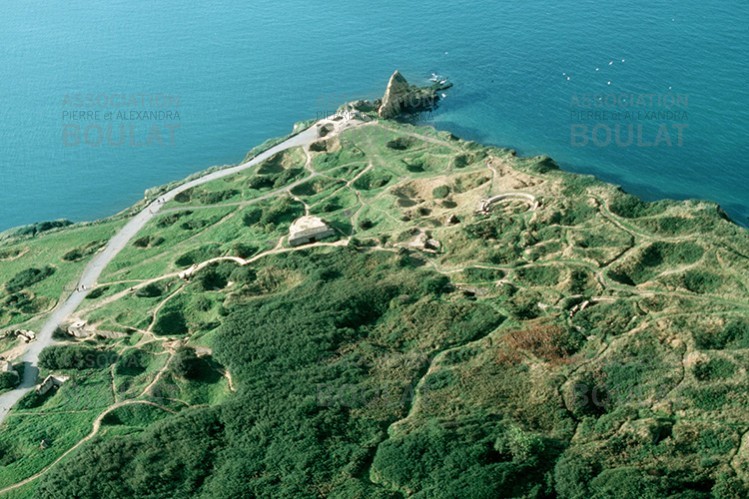
D-Day in Normandy
-
La Pointe du Hoc It is one of the few places in Normandy where one can really feel the dramatic impression of a battle field. On the top of the cliff, the ground is riddled with enormous craters, filled with brambles. Here and there, blocks of smashed concrete, pieces of casemates, residues of tranches. In order to support the rangers attack, the armored ship Texas had thrown on the Point du Hoc, more than 600 slaves of 356 gun., from the seashore. A few soldiers are still buried underground but the remaining mines and shells make the researching works almost impossible. -
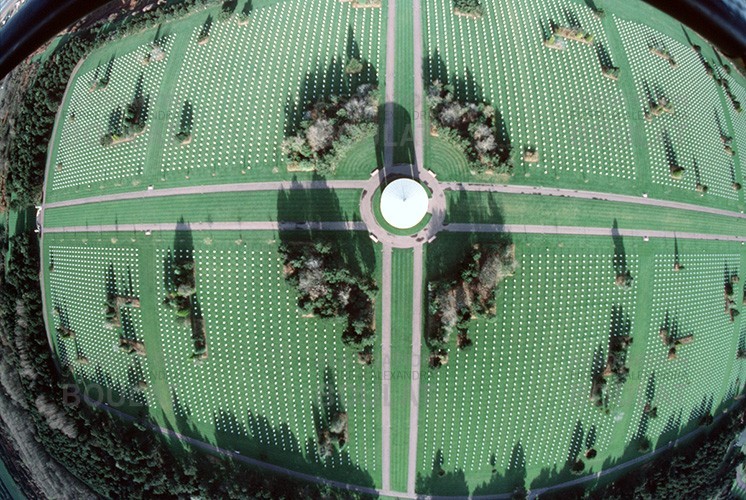
D-Day in Normandy
-
American cemetery Overlooking Omaha Beach, on the plateau, lies the most visited american cemetery in the world. Its 9 385 crosses, all in white marble are lined in a very impressive perspective ; in the center alley a commemorative monument rises, preceded by an ornamental lake surrounded with plantations. A series of commemorative monuments have erected in many places around -
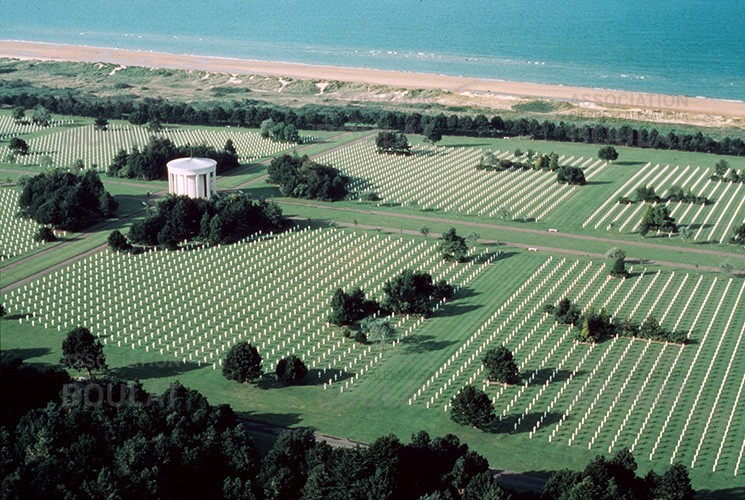
D-Day in Normandy
-
American cemetery Overlooking Omaha Beach, on the plateau, lies the most visited american cemetery in the world. Its 9 385 crosses, all in white marble are lined in a very impressive perspective ; in the center alley a commemorative monument rises, preceded by an ornamental lake surrounded with plantations. A series of commemorative monuments have erected in many places around -

D-Day in Normandy
-
American cemetery Overlooking Omaha Beach, on the plateau, lies the most visited american cemetery in the world. Its 9 385 crosses, all in white marble are lined in a very impressive perspective ; in the center alley a commemorative monument rises, preceded by an ornamental lake surrounded with plantations. A series of commemorative monuments have erected in many places around -
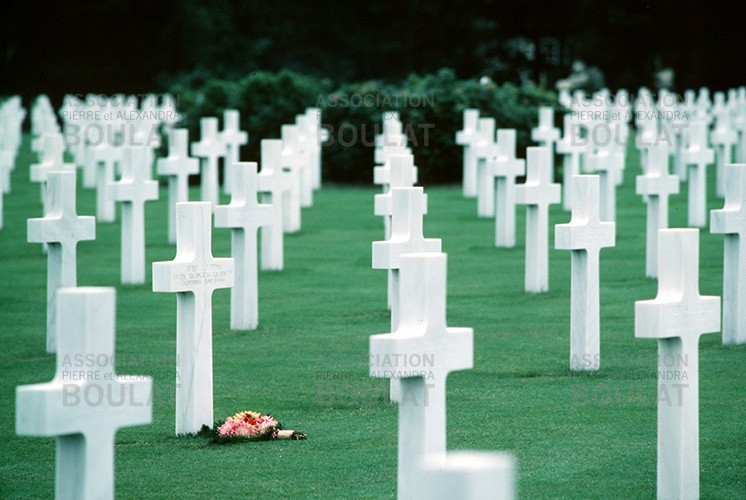
D-Day in Normandy
-
American cemetery Overlooking Omaha Beach, on the plateau, lies the most visited american cemetery in the world. Its 9 385 crosses, all in white marble are lined in a very impressive perspective ; in the center alley a commemorative monument rises, preceded by an ornamental lake surrounded with plantations. A series of commemorative monuments have erected in many places around -
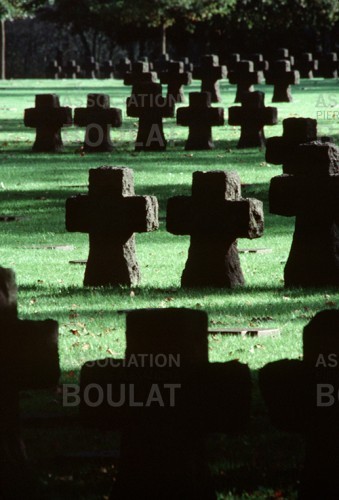
D-Day in Normandy
-
The German cemetery Few miles away from the Pointe du Hoc, in La Cambe, a grandiose necropolis planted with apple trees, concentrates the bodies of 21 500 german soldiers who were killed during the fightings of 1944. Black dumpy crosses are tragically dispersed on the green and marble plates in the grass mark the dead. -
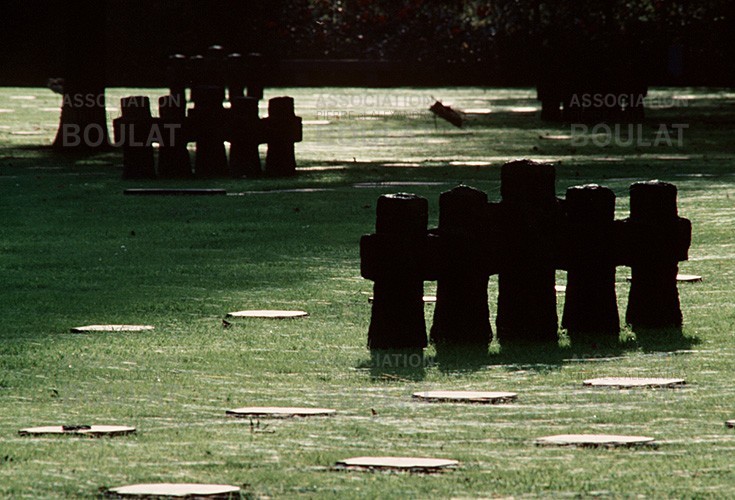
D-Day in Normandy
-
The German cemetery Few miles away from the Pointe du Hoc, in La Cambe, a grandiose necropolis planted with apple trees, concentrates the bodies of 21 500 german soldiers who were killed during the fightings of 1944. Black dumpy crosses are tragically dispersed on the green and marble plates in the grass mark the dead. -
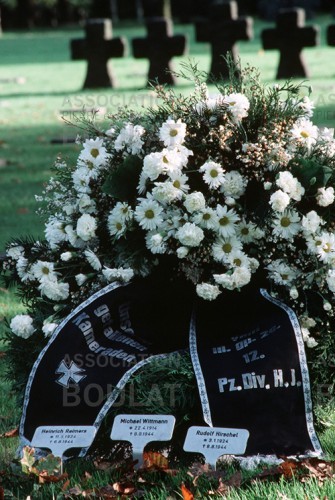
D-Day in Normandy
-
German cemetery. Forty years , battle of Normandy still returns its dead. Some fresh flowers have been offered to the grave of these 3 young heroes from the Hitlerjungend, the day they were buried on June 3, 1983, in the german cemetery of La Cambe. Among them now lies Michel Wittmann, considered by the german as a symbol and a hero of World War II for the brilliant charts he made : 130 panzers.His body had been looked for ever since the end of the war. The bones were discovered with the two othersÕ by a peasant ploughing his field near Cintheaux, in May 1983 -

D-Day in Normandy
-
German cemetery. Forty years , battle of Normandy still returns its dead. Some fresh flowers have been offered to the grave of these 3 young heroes from the Hitlerjungend, the day they were buried on June 3, 1983, in the german cemetery of La Cambe. Among them now lies Michel Wittmann, considered by the german as a symbol and a hero of World War II for the brilliant charts he made : 130 panzers.His body had been looked for ever since the end of the war. The bones were discovered with the two othersÕ by a peasant ploughing his field near Cintheaux, in May 1983 -
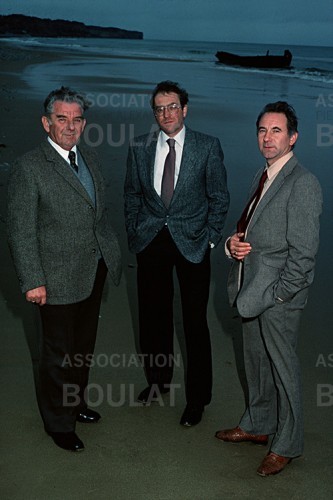
D-Day in Normandy
-
Meeting for the first time, on Omaha Beach, the three men in charge of the three main military cemeteries in Normandy. From left to right are : the german Horst Otto, the american Mr Rivers and the british Mr Silcock. The three of them represent 73 000 dead soldiers. -
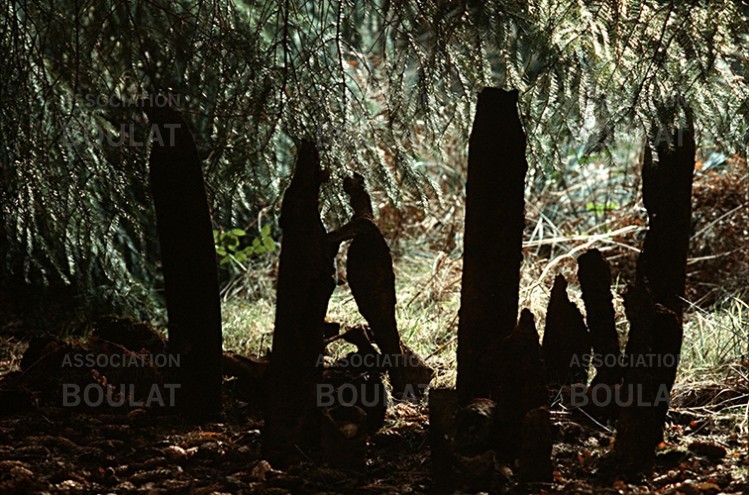
D-Day in Normandy
-
The forest of Landelles Many residues of the war still lie on the floor under the trees of the forest of Landelles. Here part of the stock abandoned by the german troops while driving away. -
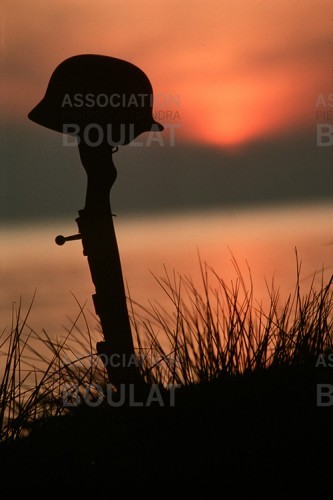
D-Day in Normandy
-
Symbols of the US army at sunset on Omaha Beach -
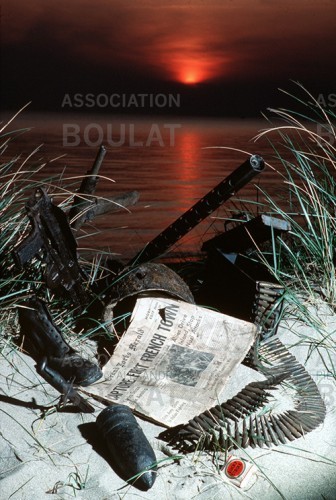
D-Day in Normandy
-
Symbols of the US army at sunset on Omaha Beach
D-Day
On June 6, 1944, the costs of french Normandy were to be the stage of a fantastic event, unprecedent in whole human history : while British and US bombers were pounding the back of the country with thousands of tonns of bombs, and while paratroops were beeing landed on the two wings of the assault area, a numerous armada made of more than 5000 navel unities –crusers, armoured ships, destroyers, unloading barges…- carrying on their decks 200 000 man, was making its way towards the French shore.
At 6.00 am, as the day was beaking, the first men dashed off to the beaches, welcome by the fire of the ennemy who had built all along the shore a long defensive rampart.
Overload operation was launched.
For most of the men it was the first fire experience : they were moving under the thunder rumbling of explosions, admist the shower of fire and sand, the mined piles, the broken skeletons and the dead bodies. For all the distance between the sea and the supporting wall of the jetties has been a frightening moment of infernal eternity. It took them a superhuman courage to open the freedom way which would lead them to the Elba River.


